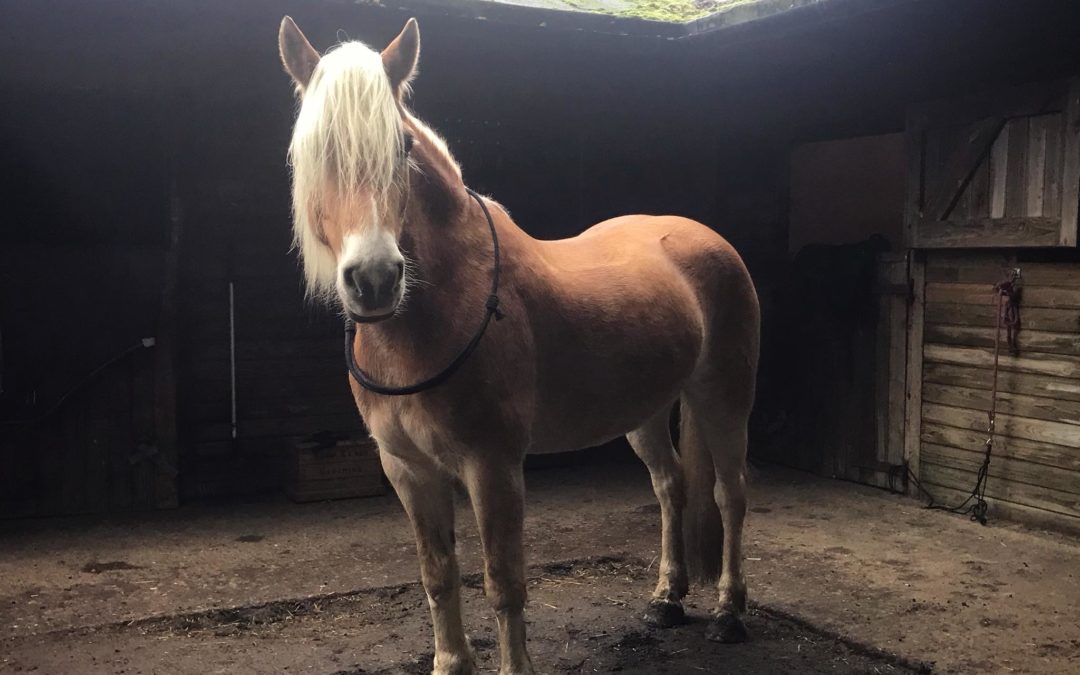
Many horses I assess in the beginning are unable to stand square for a number of reasons:
Imbalance
Muscle weakness
Injuries
Previous joint issues

Having a good, mindful training plan in place not only ensures a realistic workload for your horse, but also ensures the rider is mindful of balance and the horses’ capabilities to prevent injury. I work alongside some incredible professionals who ensure horses are in optimum health periodically. Often, riders unknowingly put stress on their horses and allow injuries or issues to reoccur, simply by the tack, the way they are riding or working the horse.
It is our aim to educate people on how to balance their horses, allowing them to become supple and strong before asking for more. With riding, it is simple biomechanics and learning to move with your horse. Not only will our training help to ensure your horse lives a long and happy life, it will also help build you a strong bond with them.

Stiffness and an inability to bend the neck to the left and what was believed to be pain in the left hind was actually discomfort located much lower down than first though. See how the horse’s leg is out-turned on the left photo. This is corrected with a visit from the osteopath and gentle exercises to move the hind and help to build the muscles up for strength and suppleness. (Less than 1 month between the two photos)
From issues with the TMJ (temporomandibular joint), cervical imbalance (i.e being “out at the poll”) to muscle atrophy, so much can be assessed by us as horse owners. Simple checks can be carried out, such as observing the ease of movement in the hips and shoulders. Ask yourself; can the horse stretch and move its neck freely? Is the horse able to move its shoulders over? Can the horse bring its hind legs underneath them smoothly and easily? Or does it “skip” into the movement? Can you see stiffness or inability to carry out the exercise at all? Does the horse buck when ridden? What are their ears and facial expressions telling us when being asked to do different tasks?
How many of us actually check these things before or after riding? Does your instructor check how your horse is moving, or give an assessment of the horse each time they see you? In my opinion, this is the most important aspect of being a trainer and it only takes 5 minutes when you know what you are looking at. These are checks and observations that can be carried out even when grooming or walking your horse to the field. Everything we do, should be with the horse’s best interests at heart. It is very rare for a teacher to tell a student that they should not ride their horse or to disallow faster gaits or a greater workload for the horses’ wellbeing at any given time. Horses are becoming “tools”, “sports equipment” and it is becoming more common for them to be pushed and used for the rider’s enjoyment entirely, only to be retired or given a break once they have become lame, rather than being trained at a steady pace to ensure their long term health and contentment.
From how we handle them on the ground, what we feed them and how we choose to ride. There are many paths to the same goal – but I do feel it is imperative that horses are treated as the athletes they are; whether they are just leisure horses or competing at an international level.
So what can we look out for? Below is an extract from “Tug of War: Classical Versus “Modern” Dressage” by Dr Gerd Heuschmann which is beautifully written. It is clear and concise; a really good guide.
In veterinary practice, horses are often presented for lameness, yet the cause cannot be determined with tradional and supplemental examination methods. In such cases, locomotion problems are often traced back to incorrect training methods. The following is a summary of important clues.
Poor or incorrect muscling and signs of physical tension.
– Poorly developed upper neck muscle
– Prominent under-neck muscles
– The upper neck shows poor integration into the withers (a dip in front of the shoulder blade)
– Tension in the longissimus long back muscles
– Sore longissimus muscles
– Longissimus musclest that are uneven in height and tone and showing uneven contraction
– A large, bulky abdomen, indicating poorly developed abdominal muscles
– A tail held high and tensed
– A tail held crookedly(Taken from Tug of War: Classical Versus “Modern” Dressage by Dr Gerd Heuschmann, page 117)
As an example and put very simply, if the horse has stiff or sore back muscles, the hind legs cannot move under the body with ease nor fluidity. The horse’s body is connected throughout so it is of utmost importance that we, as riders, handlers, professionals or owners, look after the horse.
It is my belief that we can help our horses by listening to them – to learn to be more observant.

? Book your first session today:
Call Alex on 07887429844
First appointment includes:
Full tack assessment
Horse assessment & overview
Ground exercises
Full summary via email
Bespoke training plan via email
24/7 support between sessions
Sense Equine recommends:
Caroline De Wilde (Osteopath)
http://www.willowosteopathy.co.uk/
Luca Palmer (DipWcf Farrier)
https://www.facebook.com/lucapalmerfarriery/
Mel Bailey (Alternative & holistic health; equine physio & essential oils)
https://www.mydoterra.com/melbaileyoils/#/
